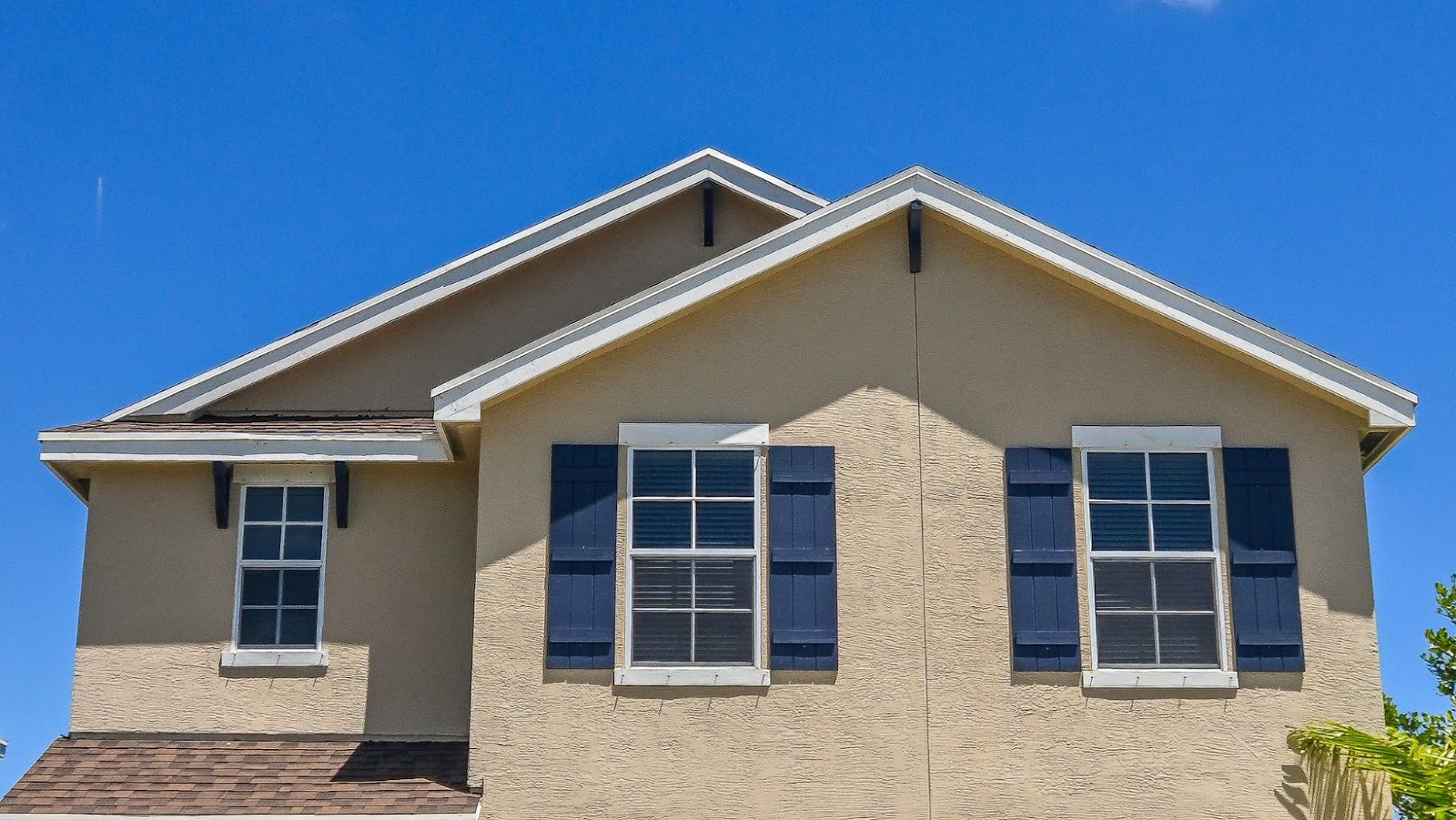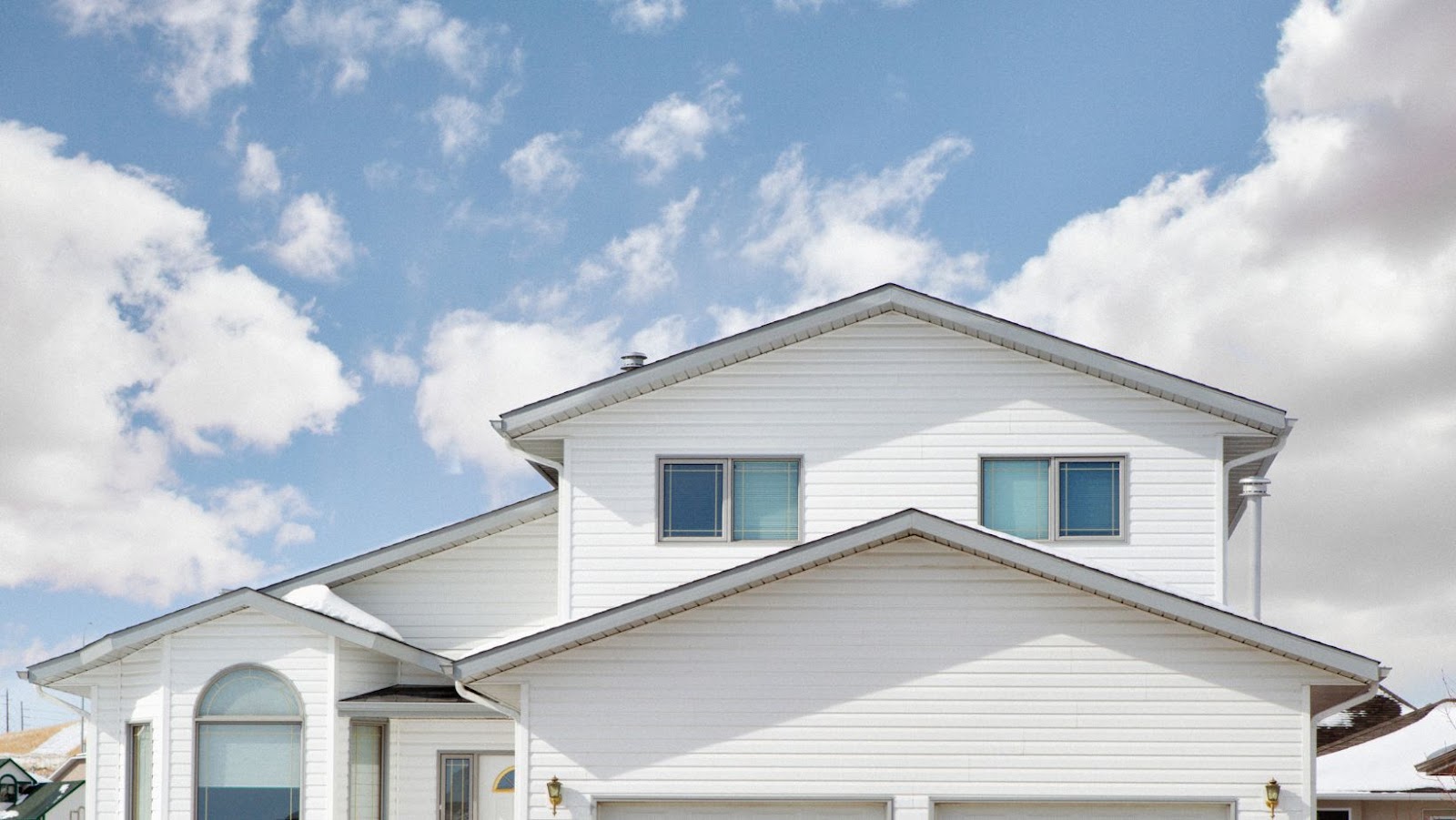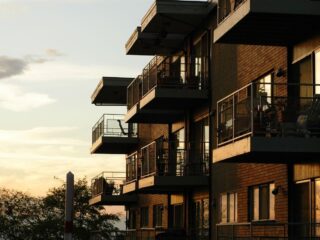
A single family detached home (SFDH) is a type of residential dwelling structure composed of a single-family unit, such as a house or townhouse. It is typically surrounded by an outdoor space and may have other separate outdoor structures, like decks, pergolas, fencing or sheds. The main distinction between a single family detached home and other types of dwellings is that the SFDH does not share common walls with another unit in the property.
The single family detached home has become increasingly popular as an ideal property choice for families looking for ample space and freedom from the shared exterior maintenance obligations with neighboring homes. The main benefits to SFDHs include:
- Independence from neighbors with respect to interior design choices and landscaping needs throughout their own outdoor areas.
- Increased financial value due to their appreciation in the real estate market.
On top of these points, there are also specific legal definitions that distinguish a SFDH from other house types such as condos and co-ops. These definitions often include criteria regarding lot size and total units on the parcel in order clarify that a SFDH is not attached to another unit in any way.
What is a single family detached home
A single family detached home is a stand-alone housing unit that is not attached to any other buildings and can be occupied by one family. This type of housing is becoming increasingly popular in the US due to its affordability and the fact that it can be customized to fit individual needs.
Let’s dive into the specifics of this type of housing and discuss its key features:
Definition of a Single Family Home
A single family detached home can be defined as a unit or dwelling built separately and completely surrounded by open space on all sides. Single family detached homes have their own walls, roof and foundation, isolated from other dwellings sharing common or boundary partitions. Single family homes are typically built to be durable, while they preserve the independence of homeowners and provide secure boundaries in which family life can thrive.
Single family detached homes often contain one to three bedrooms, usually with one bathroom but may include an additional half-bathroom. It is not uncommon for a single family detached home to have multiple levels, as well as a front and/or back porch for outdoor gatherings. Such a dwelling tends to include an outdoor garage for storage or parking vehicles on its grounds as well as an outdoor shed or storage shed nearby its premises. Such dwellings are typically owned solely by the family living in them, meaning that there are no shared facilities such as plumbing systems. It is therefore important that upkeep is maintained meticulously inside and outside the property by the owner(s).

Definition of a Detached Home
A single family detached home, also known as a detached house, is a standalone residential structure designed to contain only one dwelling unit. Detached homes are independent structures surrounded by open spaces on all sides, unattached to any other structures. Detached homes provide the highest level of housing-market privacy and may be located in suburban or urban areas.
Typically, a single family detached home is constructed with completely separate exterior walls that encase interior living spaces such as living rooms, bedrooms and bathrooms. Other characteristics of this type of dwelling include individual doorways or garages that provide access from the outside and private outdoor living areas such as patios or yards. As opposed to jointly owned condominiums and townhouses that border one another along a common interior corridor or street-front exteriors, detached homes have no shared walls or elements among them.
Single family detached houses are typically some of the most desired housing types due to their range in size, style and amenities – making them attractive for first-time buyers who value privacy as well as affluent homeowners who may want more space than offered by other housing types like apartments and townhomes. The differentiation of pricing on single family detached homes can be attributed to differences in location, age and features like high-end finishes or large outdoor spaces.
Benefits of Living in a Single Family Detached Home
A single family detached home is usually a single-story dwelling that stands alone on its own lot and is not connected to any other dwelling or structure. Single family detached homes provide their occupants an array of benefits such as privacy, space, and design freedom.
In this article, we’ll explore the benefits associated with living in a single family detached home:
Privacy
Living in a single family detached home provides incredible privacy for your household. This can be invaluable for families with children, providing a secure place for them to come home and play safely after school or on the weekend. You won’t worry about hearing noisy neighbors above or below you, or rushing to close your windows when someone passes by on the sidewalk.
Furthermore, living in a single family detached home boosts privacy because you don’t have to share any common spaces with other people. In an apartment building, you may have to pass through hallways and courtyards that are shared with strangers; in addition, residences built closer together are subject to increased street traffic noise. But as the sole occupant of your single family detached house – on what could be an entire acre of land – this isn’t something you have to worry about.
Space
One of the biggest benefits of single-family detached homes is the amount of space they offer. Generally, single-family detached homes are much larger than multifamily dwellings such as condos or townhouses. The amount of living space available in a detached home offers more freedom, privacy and space to customize than what is offered with other housing options.
Depending on the size of the home, you can have separate living spaces for each family member, such as a living room, den, home office and individual bedrooms. There is also more outdoor space available in a single-family detached home than in other types of housing. Homeowners will often have their own lawns or gardens and driveways for parking multiple vehicles. This allows residents to enjoy many activities that take place outdoors like playing games or gardening. Additionally, if you’re looking for lots of storage space, single-family homes provide plenty with large garages and attics to store everything from seasonal items to sports equipment and tools.

Safety
Safety is a key factor to consider when looking at the benefit of living in a single family detached home. The home will generally be surrounded by a outer wall or fence, providing a secure environment that can be further enhanced by outdoor motion sensing lights and security systems. The home will also typically have its own driveway and/or a garage that can enhance security and privacy as well. Generally, neighborhoods which have single family detached homes tend to be better kept and crime rates are slightly lower than multi-family dwellings.
Another plus is that most detached homes are located nearby parks, schools, shopping centers, and other amenities which are closely monitored for safety purposes:
- Parks
- Schools
- Shopping centers
- Other amenities
Common Features of a Single Family Detached Home
A single family detached home is a housing structure that is designed to be occupied by only one family, and stands alone on its own lot. These homes can be further subdivided into different categories such as ranch homes, colonial homes, and split-level homes. Each type of home is characterized by a specific set of features that make it distinct from other types of homes.
In this section, we will explore the common features of a single family detached home:
Garage
Garages are one of the most common features of single family detached homes and typically include a minimum of one car parking space. For those looking for extra space, some single family detached homes will have multiple-car garages or even provide room for storage or additional living space such as an office, gym, or workshop. Single family detached homes can also have attached garages which present convenience and privacy while at the same time offer accessibility to the house.
Yard
A single family detached home typically features a yard of various sizes. The yard should typically have secure fencing that keeps pets and small children on the property, while allowing for landscaping and design ideas.
Many yards contain:
- Lawns
- Trees
- Shrubs
- Flowerbeds
- Other types of landscaping
- Patios
- Decks
- Walkways
Depending on the size of the lot, there may even be room for an outdoor swimming pool or garden. In many cases, at least part of the yard will be in direct sunlight and can then require regular maintenance if it is to remain in good condition.
Porches
Porches can be a key feature of single family detached homes. They are an exterior space in front of or next to the entrance of a house, typically surrounded by walls or columns that can provide shelter from sun and rain and offer extra living space outdoors. Porches may be large enough to accommodate objects such as tables and chairs, swings, hammocks, or even large gas grills.
Porches provide the perfect place to kick back outside and look forward to the new day with a cup of coffee, watch people walk by, or even greet your neighbors. Depending on their size and location, porches can greatly improve the curb appeal of a home while having significant monetary value.
Conclusion
When it comes to buying or renting a home, there are many factors that play into the selection process. It is important to understand the definitions of different housing types as these will help narrow down the search and make sure that you find the one that best suits your needs.
The single family detached home is a popular choice for those looking for an individual house with an independent plot of land. Common features include a single-story or multi-story construction, with front or side yard spaces and enclosed living areas separate from other dwellings. Single family detached homes bring with them several advantages such as privacy and independence but also challenges such as upkeep and overall cost.
When deciding on what type of housing to purchase, a single family detached home can be a great choice for those who can afford it and who would enjoy having their own space while also belonging to a community.



